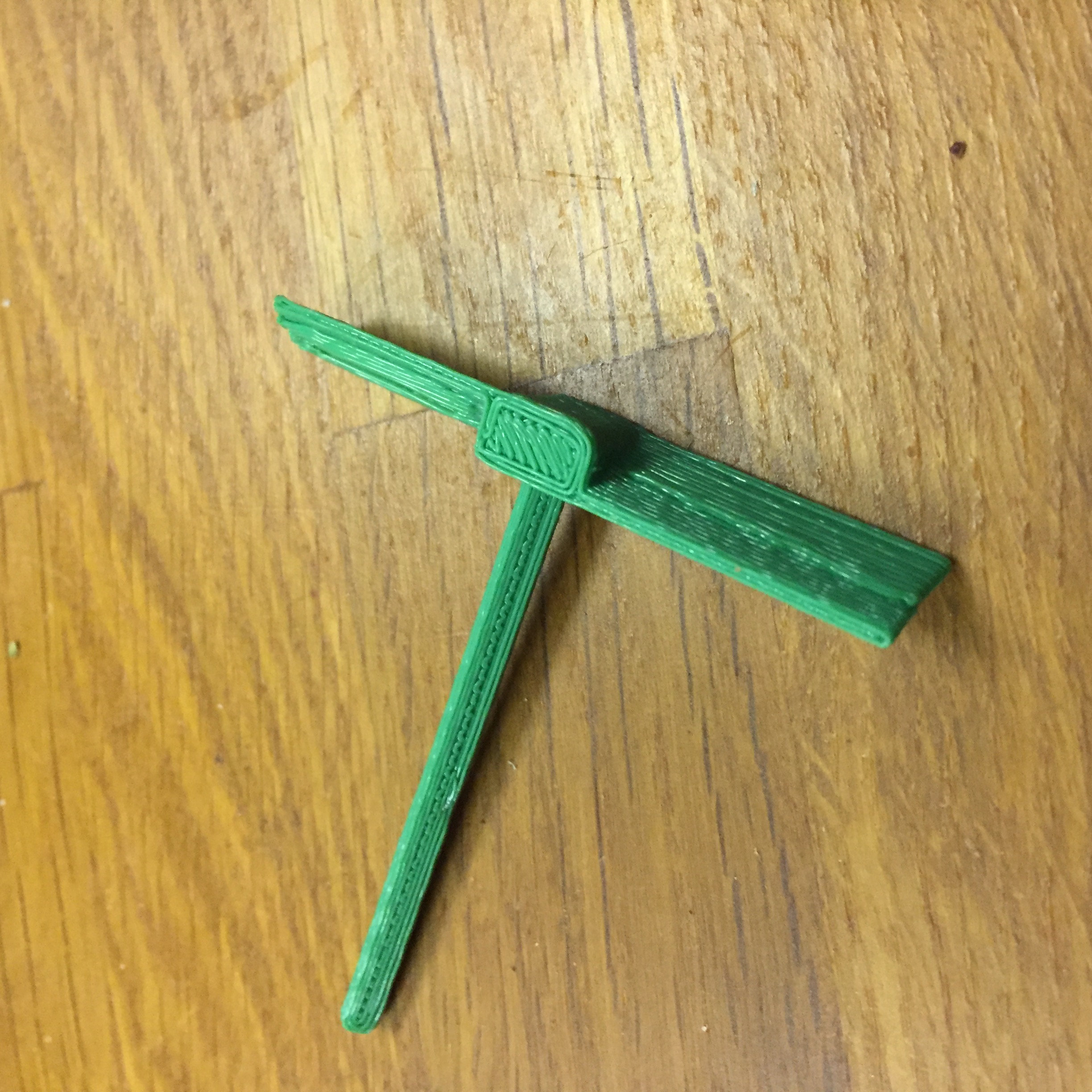
Education aerodynamics "Finger Spinner"
myminifactory
What Makes a Helicopter Fly? To fly successfully, an object must generate lift—a force propelling it upward. Lift is typically created by wings, which are designed to harness the power of air movement. The Bernoulli Principle explains how air speed and pressure interact, revealing that increased speed leads to decreased pressure. Conversely, slower air speeds result in higher pressures. Wings feature a unique shape, known as an airfoil, where the top surface is curved and the bottom is flat. This design causes air to flow faster over the top of the wing than underneath it, resulting in lower air pressure above the wing. As a consequence, the wing is lifted upward by the reduced pressure. A helicopter's rotor blades serve as spinning wings that generate lift, enabling the aircraft to rise into the air. Unlike airplanes, which require significant speed to create sufficient airflow over their wings for lift, helicopters utilize their spinning rotors to move air over their blades and produce lift. Flying your Finger Spinner! Hold the Finger Spinner with the propeller facing upward and the shaft positioned between your middle finger and thumb in your right hand. Grip it firmly and make a quick snapping motion, similar to snapping your fingers. Your Finger Spinner should spin counterclockwise. Note: If you are left-handed, follow these instructions while holding your Finger Spinner upside down when you snap!
With this file you will be able to print Education aerodynamics "Finger Spinner" with your 3D printer. Click on the button and save the file on your computer to work, edit or customize your design. You can also find more 3D designs for printers on Education aerodynamics "Finger Spinner".
